You might have encountered the word “cannabinoids” more often lately with the rise of the interest in cannabis especially if you are interested in trying out cannabis either for recreational or medical use.
Cannabis plants have a lot of cannabinoid compounds, most notable among them are the major cannabinoids: CBD, THC, CBN, and CBG.
What are Cannabinoids
According to Merriam-Webster dictionary, “cannabinoids” is any of the various chemical constituents of the cannabis plants. These are formed and are located inside the trichomes.
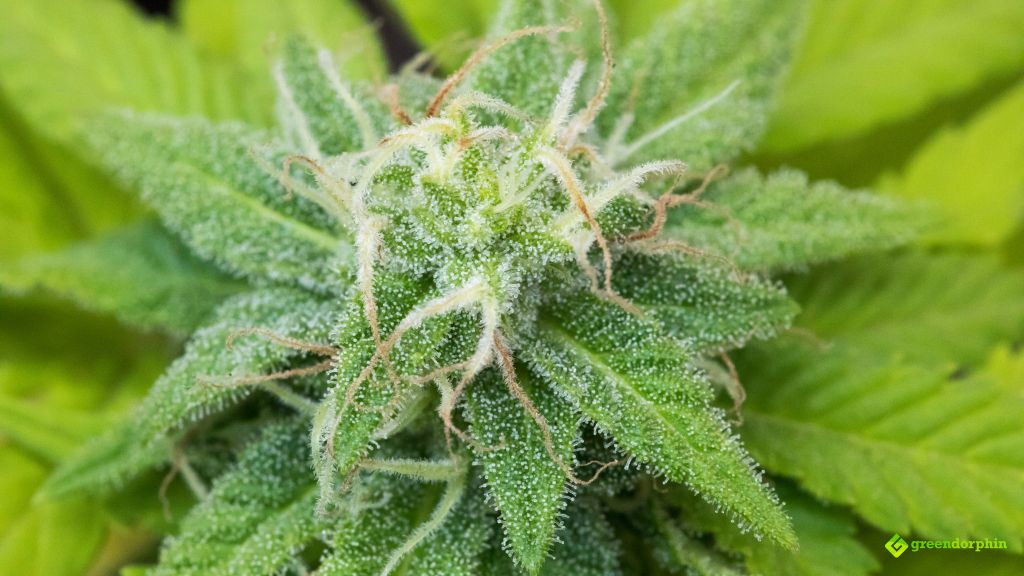
Trichomes are the sticky glands on a plant.
Also classified as “exo-cannabinoids” and “phyto-cannabinoids”, cannabinoids act in a different way as chemical compounds. Some cannabinoids launch medical benefits while others boost psychoactivity, that is why cannabis enthusiasts should know which one they are shopping for.

In the 1960s, Dr. Raphael Mechoulaum of the Jerusalem’s Hebrew University observed the synergy of the cannabinoids in cannabis and the endocannabinoid system (ECS) which are found in every mammal.
The ECS can be found throughout the body from the brain, glands, skin to most other organs. Soon after Dr. Mechoulaum’s discovery, most of the studies that followed focused on how the cannabinoids map and match to the ECS.
To learn more our endocannabinoid system, watch Dr Teh, Cannabinoid Clinician explaining it in great details in the below video:
Tetrahydrocannabinol or THC
This compound produces the high cannabis users experience. THC alters the user’s behavior, moods, consciousness, and their perception of time. Anyone looking for the brain buzz often looks for cannabis products with high THC content.
In some extreme situations, THC might produce paranoia and panic, however, most users only experience the healing effects.
THC also triggers the circulation of dopamine in the body. It also binds to the receptors of nerve cells to balance or agitate the flow of the neurotransmitters.
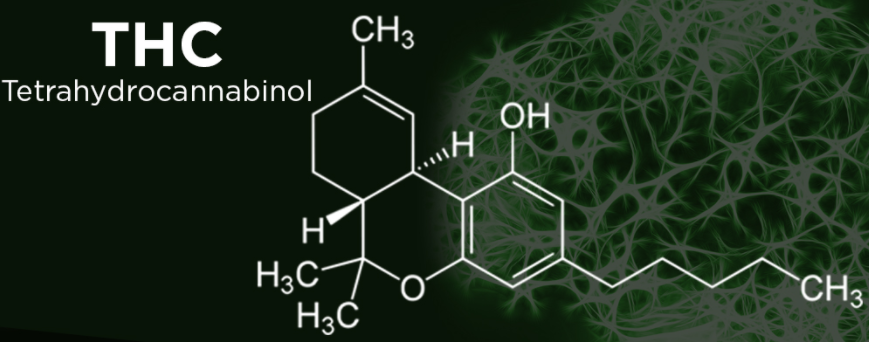
THC starts as Tetrahydrocannabinol acid (THC-A) before being heated by smoking, production, and centration.
Despite the heavy emphasis on how THC influences the mind, this cannabis compound also has anti-anxiolytic and anti-inflammatory properties.
These psycho-active benefits can be attained with the proper dosing and can effectively reduce the stress from migraines, PTSD, and chronic depression.
Cannabidiol or CBD
CBD also has negligible psycho-active properties although much lower compared to THC but is the compound that produces the most of the medicinal benefits attributed to cannabis.
Derivatives from CBD are regularly consumed for a number of health conditions like epilepsy, migraines, schizophrenia, and spasm.
Pharmaceutical companies have seen the potential in this compound and have since started researching and developing prescription medications for treating Dravet’s syndrome, recalcitrant epilepsy, and involuntary muscle contractions.
Studies for CBD’s efficacy against cancer tumors and its potency for heart attacks and stroke are already funded by these big pharmaceutical companies.
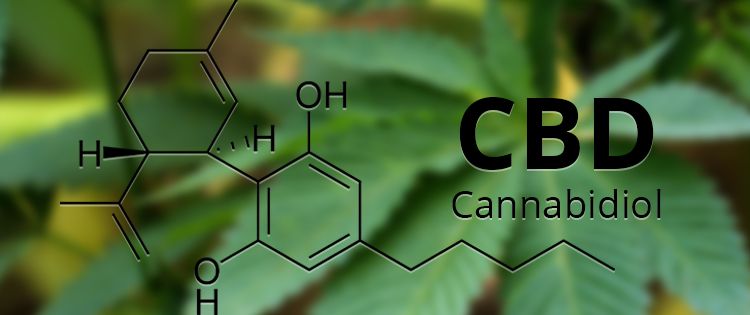
CBD’s relaxing and calming properties have energized this cannabis compound’s marketability as more customers, especially new users are looking for a safer way to try out the substance.
Here is another short video with Dr John Teh, explaining the main differences between THC and CBD:
Cannabinol or CBN
CBN is released with prolonged oxidation of THC. This cannabis compound has psychoactive influence and does leave the users a little sluggish or groggy. However, CBN decreases anxiety, relieves the pressure on the optic nerve often characterized by glaucoma, and minimizes muscle spasms.
Cannabigerol or CBG
Technically, both THC and CBD starts as CBG. This cannabis compound is characterized by its anti-microbial and anti-bacterial properties.
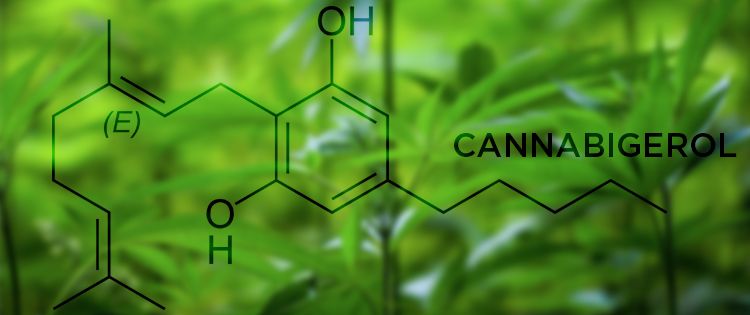
CBG lowers the body’s capability to accept gamma-Aminobutyric acid or GABA, the main inhibitory neurotransmitter found in the central nervous system of mammals. With GABA rejected, it causes the mellow feeling that is often linked with the ingestion of CBD.
Other Well Researched Cannabinoids
Some of the other well-known cannabinoids are:
• Tetrahydrocannabivarin or THCV
• Cannabichromene or CBC
• Cannabidiolic acid or CBDA
• Cannabidivarin or CBDV
Mechanism of Action
These cannabis chemical compounds set off the cannabinoid receptors are found in the body’s endocannabinoid system. Basically, there are the C1 and C2 receptors, the C1 receptors are located both in the central nervous system and in the peripheral tissues while C2 can only be found in the latter.
These receptors are then scattered the nervous and immune systems and in the brain.
THC attaches itself onto C1 receptors found in the brain to produce the state of being high.
CBD, on the other hand, cannot bind entirely into CB1 and CB2 receptors and it would rather absorb and redirect any harmful effects of cannabis in the body. For instance, it decreases the body’s reabsorption of the “bliss molecule” which is known as the anandamide.
Health Effects of Cannabis Compounds
Depending on the compound(s) that are active in the strain that you have ingested plus the quantity of the compound in that strain, every user will experience varying results.

What everyone should make note of is the cannabinoid ratio of CBD : THC.
For instance, a 1:1 ratio will help with muscles spasms and body pains with little to no psychological effects. As the ratio changes on either side, the emphasis on the cognitive effects in the brain and its medical properties change.
Of course, if consumed without any knowledge or understanding the chemical composition of what you’re consuming, it might have adverse effects on your body like impairment of emotions, dependency on the product, and memory loss.
That is why responsible cannabis use is promoted in every dispensary. With enough understanding, you will enjoy the scientifically-backed advantages of cannabinoids.
The Future of Cannabinoids
As of this time, there is still much to uncover and understand the medical potentials of cannabis.
Unfortunately, the study of cannabis and its chemical compounds is still being strictly regulated in the U.S. by their Food and Drug Administration.
Cannabis is still considered by the organization as a Schedule I drug which makes it hard for researchers and laboratories to ask for funding, and cannabis plants for trials.
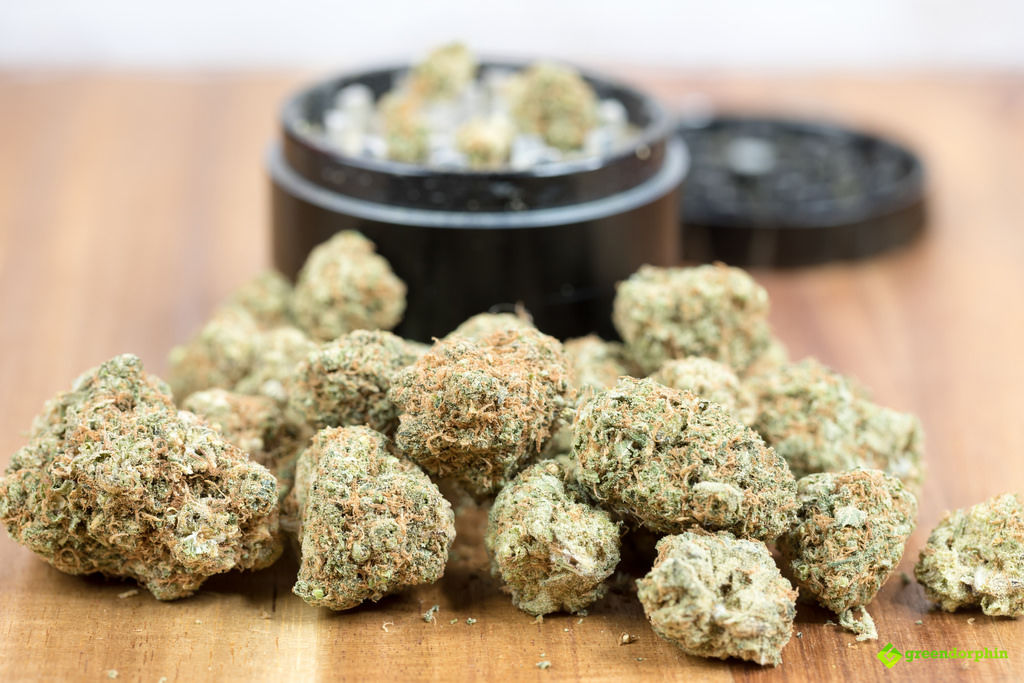
Nevertheless, more research groups are finding success with new approved pharmaceutical drugs derived from cannabis.
Encouraging more pharmaceutical research on the plant and on it chemical compounds, more state jurisdictions have seen the need and value for cannabis therapies.
Dispensaries are also growing with more suppliers of fresh and innovative cannabis-infused merchandise are developed and sold which maximizes the benefits of cannabinoids.
With more laws being passed, the progress towers quality control, standardized testing, and labeling, more people will be better educated on the substance and how they can reach their desired effect for their body.
- How Commercial Cannabis Growers Can Benefit from Using a Software - May 17, 2019
- Understanding CBD Interactions and Why CBD and Your Brain Can Be Best Friends - January 4, 2019
- The Difference Between Using THC and CBD - December 19, 2018


